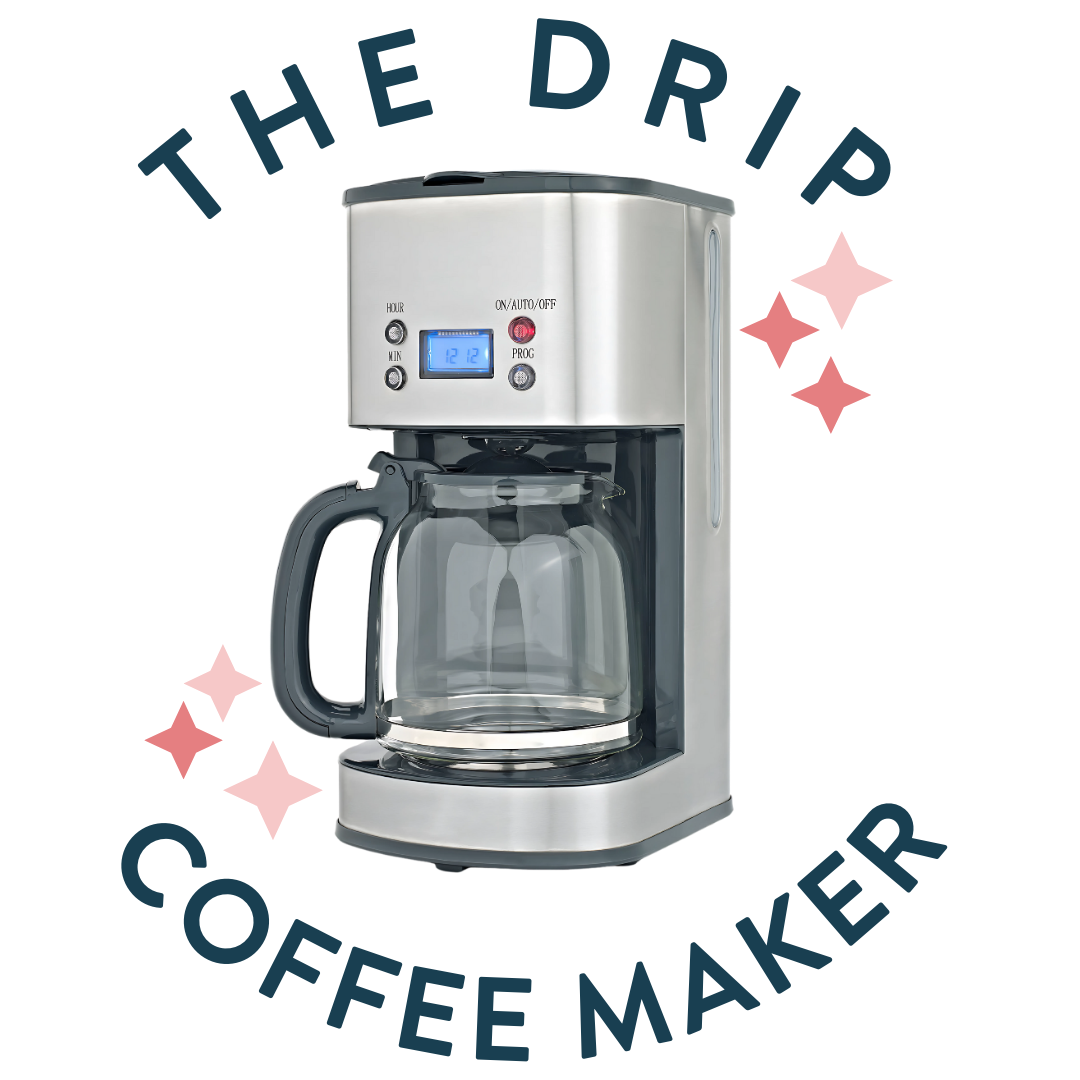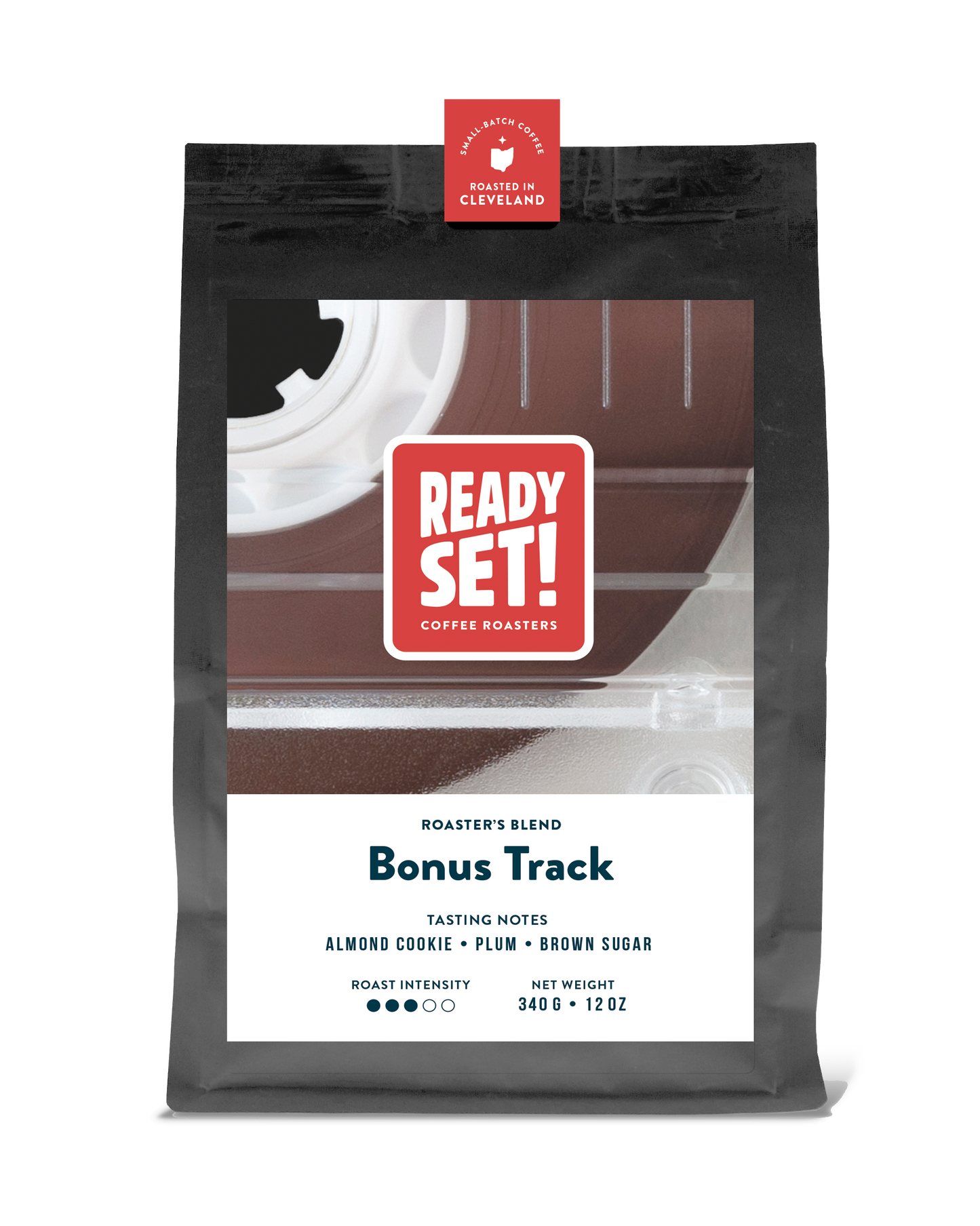A blend so good you can't believe you didn't know about until just now!

Drip Coffee. The Lifeblood of the morning. Everybody drinks it. Drip coffee is the most common, accessible, and convenient method of brewing coffee. Heck, the first time you had coffee it was probably drip coffee. Now, for all its convenience, drip coffee ain't perfect. That’s the trade-off, right? You want a cup of coffee in four minutes without having to do a dance? You’re gonna sacrifice a little finesse. But fear not! We are experts here, and we want you to know there are ways to elevate your morning ritual, helping get the most out of your brewer.
Drip Coffee is a vast term. Most commonly, Drip is most commonly some form of a 10-12 cup makers. Like Bunns, Mr Coffees, Hamilton Beach, and so on. Drip also extends into the Keurig and single serve machines realms. These tips can also apply to those.
Water Temperature and Coffee to Water Ratio
The most common issue with drip machines is water temperature. Most have trouble getting the water up to temperature. Water for drip coffee should read at about 204 degrees Fahrenheit, or just as the water begins to bubble. There's a taste difference between hotter water with a coarser grind versus a finer grind with cooler water. Hotter water and coarser grinds both lead to faster flow, which can result in astringency and weakness. This is why temperature is a key factor.
The next step that often gets over-looked is dosing your coffee properly. Use a ratio of 1 gram of coffee to every 16 grams of water. Wanna go old school, no scale? Use 2 teaspoons of coffee per 8 ounces of water or as most brewers have marked "cup". But seriously, once you go to scale you'll never go back. It's the truest way to consistently brew a great cup.
Coffee Maker Cleaning and Water Quality
Water Quality is a major factor, if you’re pouring in tap water from the sink, you’re already at a disadvantage. Distilled or filtered water will naturally elevate and enhance the flavor and taste of your Drip coffee.
As for cleaning, wash the pot, carafe, filter basket, and any other removable parts with warm soapy water after every use. Ideally each month you should descale your coffee maker. Mineral buildup from water will accumulate in your machine, especially if you're using hard water.
But let's be honest with ourselves, this is your daily driver. I’d be the first one to say I don't have the tenacity or willpower to clean my drip coffee machine every month. If you're like me, give your machine a good, deep clean every 3 months. Wash everything, run some commercial cleaner through it for a couple of cycles, and give it a scrub of any residue.
For descaling, use equal parts white vinegar and water, or a commercial descaler available in most grocery stores or online.
Fresh Beans, Wetting the filter, and Grind Size
This one is a bit of a gimme. But if you grind fresh, and I mean fresh beans, you will taste a difference. Freshly roasted coffee is not a plus, it's a must. Fresh in means fresh out. When purchasing coffee, check the roast date to make sure it's current. Medium and Dark roast coffee will serve you best for on drip.
You want to make sure you have the right grind size for your particular brewer. The grind size you are looking for is medium, or the consistency of regular sand when brewing for drip
It's also important to pre-wet your filter to help with extraction. This removes any papery taste and helps with even extraction
As for grind size, If its too coarse, you will end up with a coffee that is considered “under extracted”. Simply put, the water has spent too little of a time in contact with the ground coffee and will taste sour or too acidic. If the grind size is too fine, you will end up a cup that is “over extracted.” The water has spent too much in your coffee bed and will result in notes of bitterness.
Considering the Upgrade or Brewer
The best way I can put it is this: you get out what you put in. If you're brewing with a $30 machine, that's totally fine—if it gets you caffeinated and makes your morning better, then more power to you. But if you're picking up that fair-trade specialty lot coffee and wondering why your cup doesn’t taste like the tasting notes promised... well, that’s the disconnect. The brewer and method you're using just might be holding it back.
Again, if you're happy with your brewer then by all means I am not the one to stop you. If you really really really want the top of the line drip coffee machine, SCA certified is the way to go. The SCA, or Specialty Coffee Association, has a checklist of attributes that they look for in an auto-drip machine. So if you're looking to upgrade your drip machine that'll elevate your coffee to new heights, and tried the steps thus far and are still underwhelmed by your brew, consider a SCA certified coffee maker, it'll last you a lifetime.
In the end, drip coffee is what you make of it.
It’s your daily ritual, your quiet moment before the world kicks in. And with just a few tweaks—better water, a fresh grind, a little cleaning—you can make that moment even better. You don’t need fancy gear or a certificate in coffee science. Just a little curiosity and care go a long way. However you brew, enjoy the process, enjoy your coffee—and keep making mornings your own.
Happy brewing!

